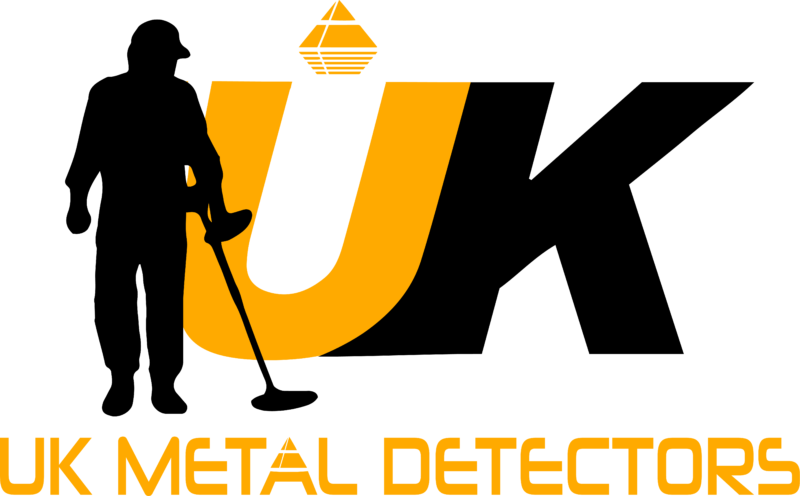METAL DETECTOR Frequencies Explained
In this tutorial we look at Metal Detector Frequencies and the differences between multi-frequency, and single frequency detectors. I know for most beginners and even for some intermediate detectorists sometimes this is a very tricky subject and I want to make it easier to understand.
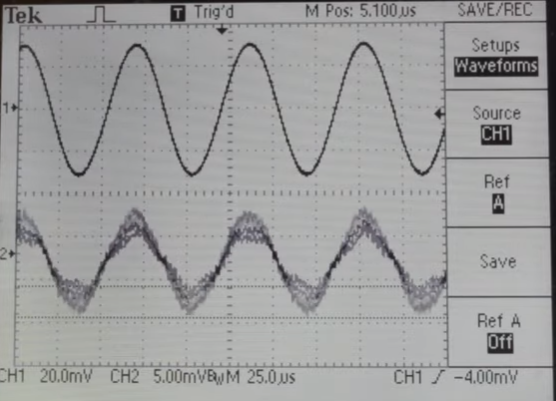
Low Frequency
For low frequency (shorter waves) machines which run from say 3 kHz to 8 kHz are better for larger targets and they go much deeper, all beginner machines run from 6 to 8 kHz these machines are great for beginners what we call coin shooting machines, they are simply good for general detecting, and they will find gold too.
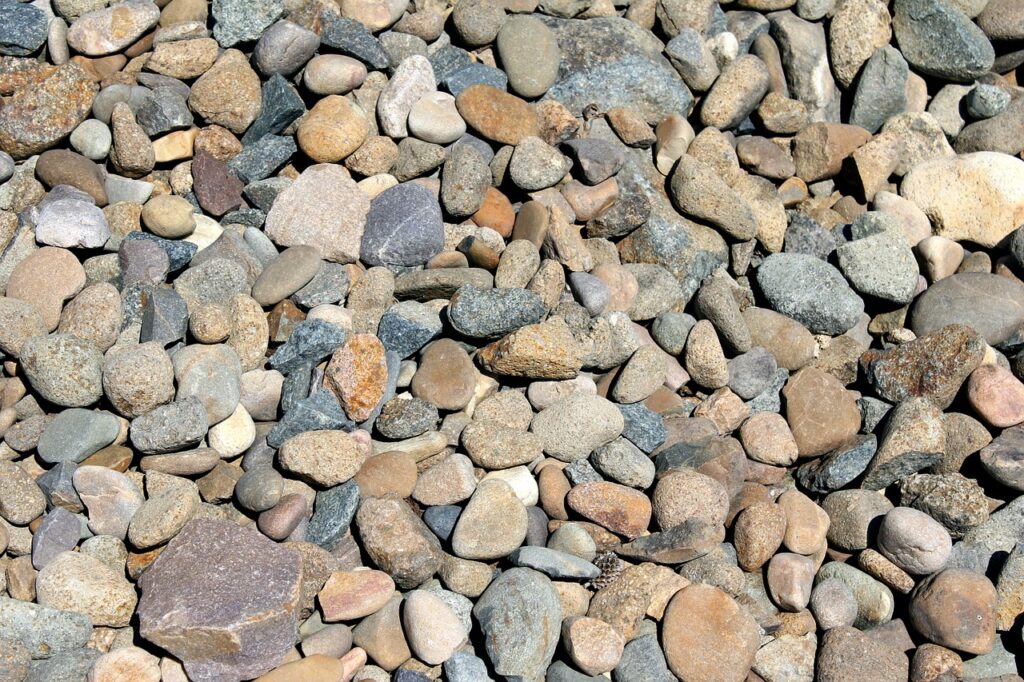
Multi Frequency
Pulse Induction is very stable, but you cannot discriminate out iron and there is lots of iron on most beaches, with a multi-frequency machine you can in fact discriminate out iron so that is a huge plus, also, the depth on today’s multi-frequency machines is impressive. For instance a AKA Signum MFD HM which is a multifunction detector, at the beach it can penetrate down 15 inches for a 10p in wet sand!
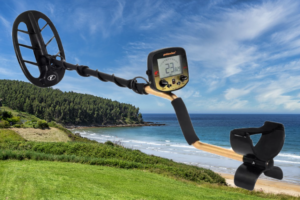
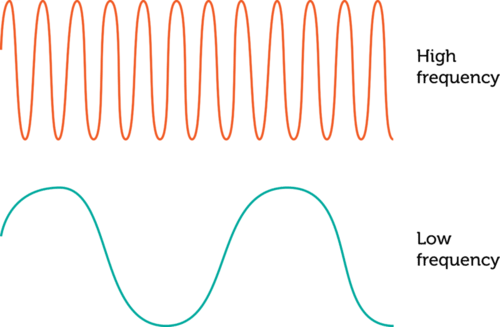
Single Frequency
let us break it down, for instance what are we talking about when we talk about frequencies? Well, the frequency is the number of sine waves that the machine emits and receives each second, so if we are talking about a frequency of 10 Kilohertz (kHz) for instance that means that the machine is emitting and receiving 10,000 waves or sine waves per second. Most single frequency machines run between 3 kHz and 80 kHz, now that is an enormous difference and there is a reason for that, each frequency has different effects on target size and depth, high frequency (longer waves) which is 20 kHz to 80 kHz is much better for small targets at shallower depth, now what do I mean by shallow? Down to seven inches, which does not mean that they will not go deeper it just means that these machines are good at finding small targets such as earrings, gold nuggets, cut quarter hammered coins and so forth.
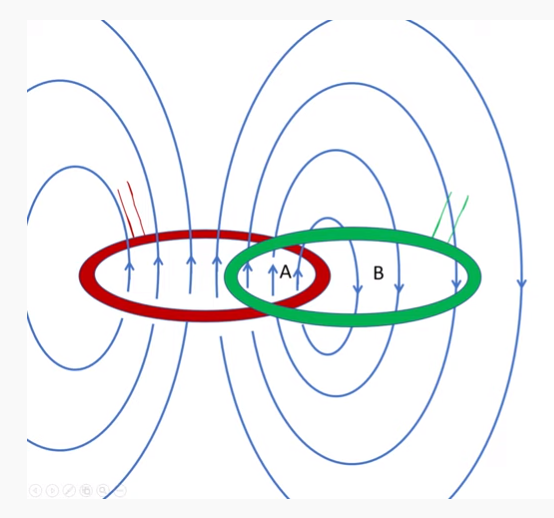
Mineralised Ground
Single frequency machines are the most common machines however, they do not work as well in some conditions, for instance if you are working at the beach on mineralised ground like wet sand. A single frequency metal detector will work fantastic on the dry sand, however, when you move on to the wet sand or try to go into the salt water a single frequency machine is not your friend. The reason being that single frequency sees the entire wet sand area as one target, and when it goes into the salt water it is confused it sees the water as a target so for the beach and salt water serious detectorists use multi-frequency machines or pulse induction machines.
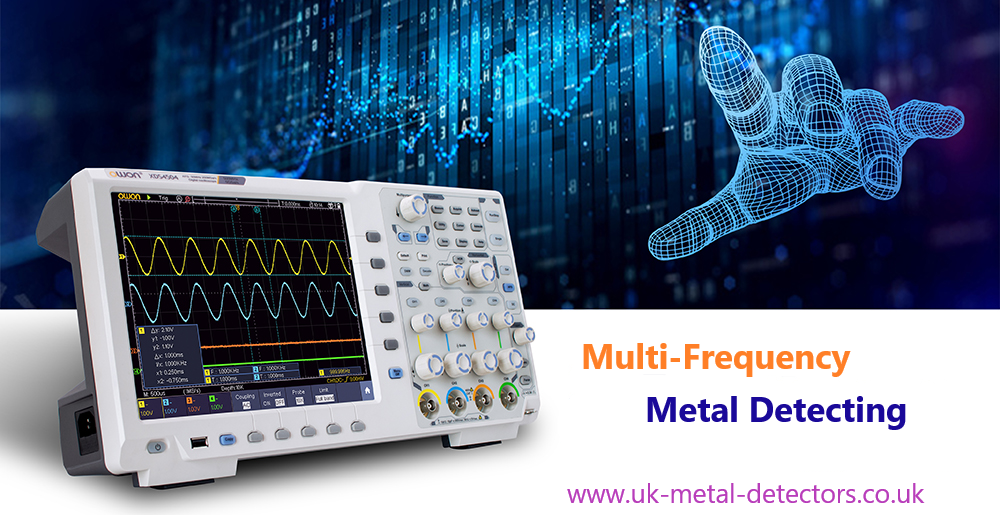
People have asked me over the years what’s a good all-purpose metal detector, the answer of course is there isn’t one, simple as that, metal detectors are like golf clubs you need a putter you need a sand wedge you need a driver and if you can afford it a few other clubs too, but you have to have the tools in your bag to do the job. I use the AKA Signum MFD HM, I like it because you can use it anywhere, pasture, crop fields, on the beach, it is a true all terrain metal detector.
I hope you have enjoyed reading our latest article on Metal Detecting Frequencies, please call back and visit soon to see more posts!
